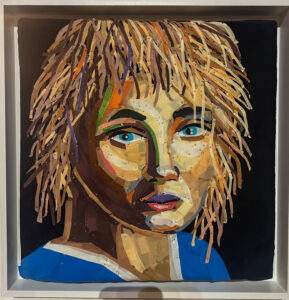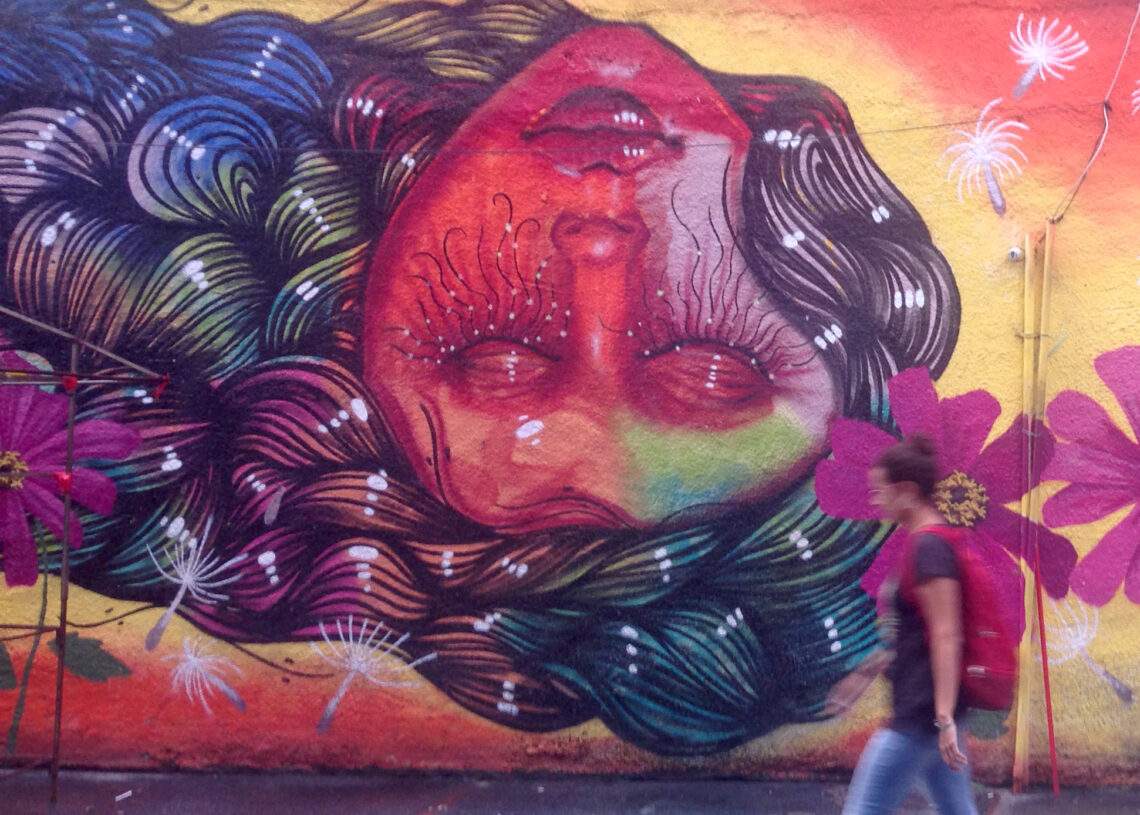‘Through the gender perspective, the veil is lifted and it is discovered that photography possesses other nuances and makes visible a reality that positions us in a more strategic nuances and makes visible a reality that positions us in a more strategic place, which allows us to see the same image more clearly and amplified’ (Ministerio Público Fiscal de Argentina, Causa No 15278/17, 2019)
The global growth of drug trafficking is associated with other criminal phenomena, such as human trafficking, with which it feeds back. The organisations that exploit these criminal rents take advantage of the vulnerable situation of the victims of trafficking to force them to participate in drug production, transport or commercialisation activities under duress or deception, being then criminally prosecuted in case of arrest, without their dual status as victims/perpetrators being taken into account. According to the UNODC Global Report on Trafficking in Persons (2020), in 2018, 6 per cent of trafficking victims were forced to commit illicit acts, including drug trafficking.
Many of the women imprisoned for minor drug offences live in poverty, have low levels of education, and have largely dependent family members, including children, youth, the elderly or persons with disabilities (CIM-OAS, 2016). As a result, their imprisonment has devastating effects on their environment and the communities where they live, but contributes little or nothing to dismantling illegal drug markets or improving public security (COPOLAD, 2022).
This type of violence is particularly virulent when the sale of drugs is combined with the sexual exploitation of women and transgender women. Thus, criminal organisations recruit victims and establish control over them, taking advantage of multiple vulnerabilities, such as their age or the precariousness of their social, economic and family situation, in addition to the dependence on psychoactive substances that the organisation supplies them with to perpetuate the cycle (1). In this way, it becomes compulsory for the victims to maintain their prostitution activity in places controlled by the criminal mafias, in order to pay off their debts. At the same time, they increase their drug consumption to support the activity carried out in tourist areas, ‘red light districts’ or narco-flats.

The use of victims for illicit activities associated with drug trafficking is manifested in the other links of the criminal chain. Vulnerable people, often migrants, minors or members of ethnic minorities, are trafficked for labour and forced to cultivate illicit drugs in rural and urban areas.
Another scenario identified is that of trafficking victims who act as ‘human couriers’, transporting the drugs, one of the weakest and most subordinate levels within the drug trafficking organisation. Many of these women carry drug capsules inside their bodies, posing a serious health risk. Trafficking in persons for the purpose of committing criminal acts is a reality that many countries have already identified and is even criminalised in jurisdictions such as Spain (Art 177 bis of the Penal Code).
These cases are an example of how gender-based violence and illicit economies are intertwined, generating new forms of victimisation and social exclusion.
The complexity of these situations forces us to rethink the strategies against drug trafficking developed to date and to reflect on how we can achieve an approach that takes into account the gender perspective in crimes committed against women and the LGTBIQ+ population in these areas, but that also manages to effectively combat drug trafficking and human trafficking.
While various international instruments of the United Nations or the Council of Europe call for the protection of victims and the application of the principle of non-criminalisation, including the possibility of avoiding criminal sanctions for forced participation in illegal activities, the implementation of such measures is uneven and limited. Investigations often focus on the crime, leaving aside the life circumstances and the context of exploitation.
With the aim of exchanging experiences and proposing solutions, the initiative ‘The gender dimension in the relationship between drug trafficking and human trafficking’ was launched by COPOLAD III in the framework of its alliance with three networks of the Ibero-American Association of Public Prosecutors (AIAMP): the Ibero-American Network of Specialised Prosecutors against Human Trafficking and Migrant Smuggling (REDTRAM), the Network of Anti-Drug Prosecutors of Ibero-America (RFAI) and the Specialised Gender Network (REG).
The joint work between the three networks and agents linked to the justice system in different AIAMP countries has resulted in a regional diagnosis that allows us to characterise the scenarios and typologies that arise in the region regarding this duality of victim/perpetrator of crimes, as well as ‘Guidelines to jointly address situations in which women and LGTBIQ+ victims of trafficking are involved in the production, transit or commercialisation of drugs’, recently approved by the aforementioned prosecutors’ offices.
The document contains three key guidelines, accompanied by a series of proposals for action. The aim is to contribute to a better understanding of the problems of women and LGTBIQ+ persons in the circumstances described above, in order to develop coordinated responses while strengthening gender-sensitive investigation strategies.
A first guideline addresses the early identification of gender-sensitive cases. This requires designing indicators and alerts that allow for the identification of the trafficking victim in the context of drug trafficking, as well as better characterising the cases in which the approach of the three specialisations is required.
Secondly, victim-centred investigations need to be strengthened and victims’ re-victimisation avoided. To this end, it is crucial to promote the normative enshrinement, understanding and application of the principle of non-criminalisation in cases of perpetrator victims, among other principles such as the duty of identification (ECtHR, V.C.L. and A.N. v. United Kingdom) and enhanced due diligence.
A third guideline aims at strengthening institutional capacities for the adequate treatment of cases, as well as strategically directing criminal prosecution towards criminal organisations involved in illicit drug trafficking and human trafficking, adopting a gender approach in the articulated criminal investigation.
Together with the socialisation of the diagnosis and guidelines among prosecutors’ offices and other professionals in the justice system, a second relevant step in 2025 will be their adaptation within the framework of COPOLAD to the realities of Argentina, Brazil and Paraguay.
25N reminds us that the fight against gender-based violence must make visible the women and LGTBIQ+ population trapped in the networks of drug trafficking and exploitation. Building justice for them requires coordinated efforts that place their rights at the centre of institutional action.
(1) Interview with Laura Roteta, Chief Prosecutor of the Federal Prosecutor’s Office No. 1 of La Plata, Argentina.
Blog written by:
Borja Díaz Rivillas, Director of COPOLAD III
Ana Linda Solano López, Lead Expert of the COPOLAD III and AIAMP initiative ‘The gender dimension in the relationship between drug trafficking and human trafficking’.






